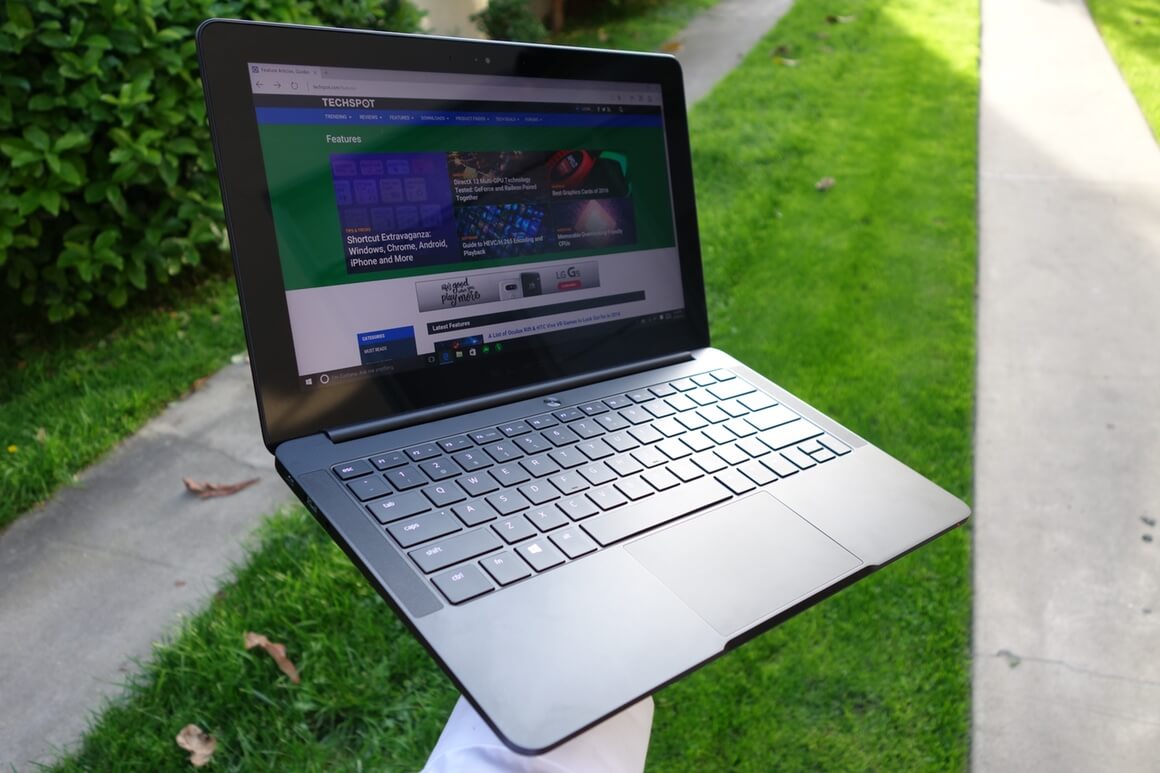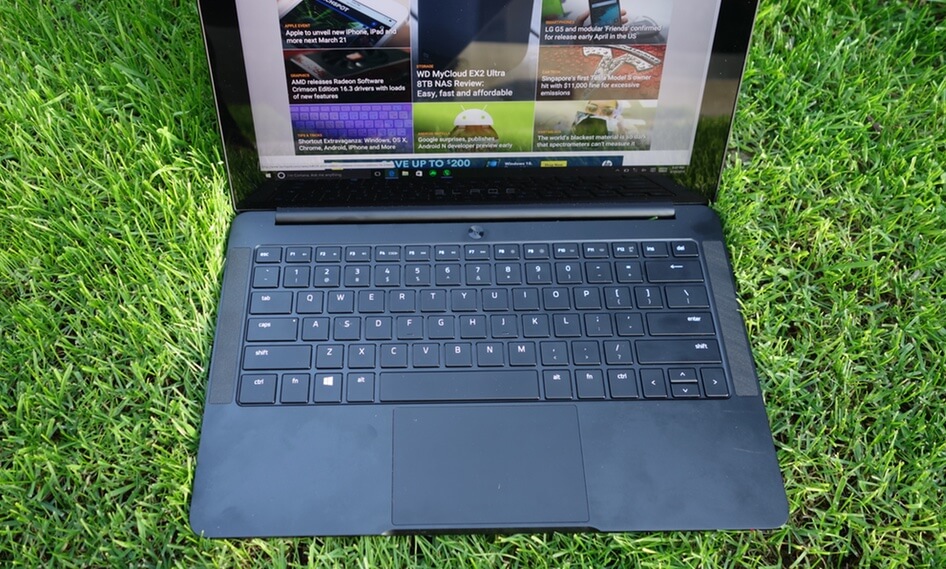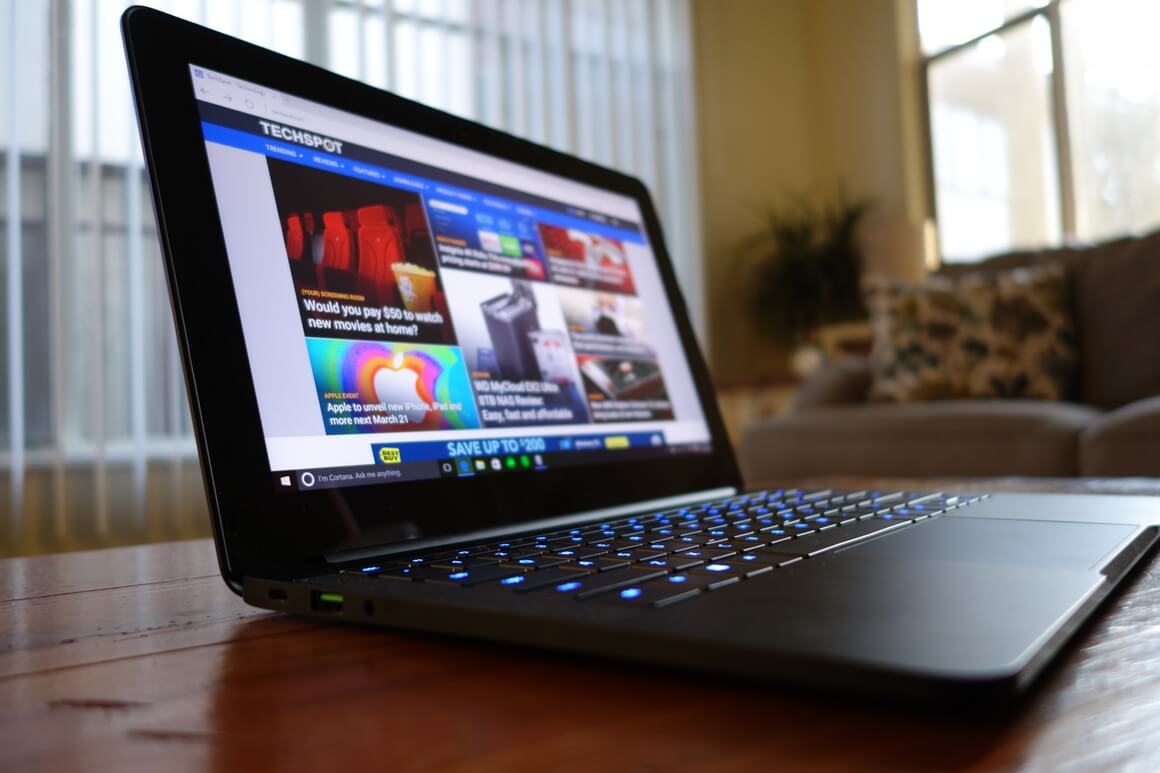“For Gamers. By Gamers” has long been the tagline for San Diego-based Razer. Diverging from its standard modus operandi but, the corporation has added its first ultrabook, the Razer Blade Stealth. For the file, this is not a gaming gadget out of the field. Rather, Razer has unapologetically prioritized mobility over gaming with a 12.5 inch touchscreen and incorporated Intel HD 520 snap shots.
In fact, the Stealth’s specifications are in step with a number of different top rate non-gaming ultrabook offerings, specifically the Dell XPS 13 and Lenovo Yoga 900. As yet any other access in a crowded market phase, does the Blade Stealth have what it takes to face aside?
Read More :
Razer Blade Stealth
Starts at $999.99, $1,399.ninety nine as tested
- Intel Core i7-6500U Dual-Core CPU with HT @ 2.5GHz / 3.1GHz (Base/Turbo)
- Intel HD 520 Integrated Graphics
- 8GB dual-channel onboard reminiscence (LPDDR3-1866MHz)
- 256GB m.2 m.2 SSD
- 4K UHD Display - 12.5" IGZO sixteen:9 factor ratio, with LED backlight, capacitive multi-touch
- 1 x Thunderbolt three.zero, 2 x USB three.zero, 1 x HDMI 1.4b, 1 x TRSS 3.5mm
- Bluetooth 4.1, Killer Wi-Fi 802.11ac
- Built-in webcam (2.0MP)
- Chroma RGB anti-ghosting keyboard with in my opinion backlit keys
- Built-in 45Wh rechargeable lithium-ion polymer battery
- Approx. Weight: 2.seventy five lbs. / 1.25 kg
- Approx. Size: zero.fifty two” / thirteen.1 mm (Height) x 12.6” / 321 mm (Width) x eight.1” / 206 mm (Depth)
- Aluminum Unibody
- $1399 as configured
Whether it turned into stolen prototypes or product delays, Razer’s eventual access into the notebook market changed into some thing however uneventful. Despite the ones early demanding situations, Razer has established an formidable competitor in gaming notebooks. Innovations just like the SwitchBlade UI and aggressive portability for gaming laptops has helped the business enterprise stand out. This makes the Blade Stealth especially interesting -- made with the aid of gamers, but for who?
Although the corporation’s first take on an ultrabook, the Stealth feels something but experimental or beta. Everything about the Stealth seems and feels practical. Measuring simply 0.fifty two inches thick, the Blade Stealth is similar in thickness to Apple’s MacBook Air. The CNC-milled aluminum unibody design lends absolute tension to the chassis. The design is tight and creates a top rate hands-on experience corresponding to the exceptional notebooks reviews obtainable, consisting of the ones of a sure fruit-themed producer.

When it involves appears, the Blade Stealth is fundamental Razer: a swish matte black design with the organization’s glowing serpentine triskelion stamped on the lid. The usual aesthetic is smooth and easy with just a few elaborations aimed at tickling the fancies of game enthusiasts.
One difficulty that takes away from the Stealth’s sharp aesthetics is fingerprints; the matte end instantly betrays greasy fingertips. It wasn’t lengthy before the Stealth was an unwanted patchwork of unevenly glossy splotches. Note to self: don’t consume french fries whilst the usage of the Stealth.

Connectivity consists of 2 x USB three.0, 1 x Thunderbolt three (USB-C) charging port and HDMI 1.4b. Thunderbolt three gives you 40Gbps of bandwidth making it able to riding two concurrent 4K 60Hz shows. Of course, there’s Bluetooth as well as a 3.5mm jack (headphone + mic).

The Blade Stealth’s bottom rubber pads run nearly the whole duration of the pocket book. A small touch, but I discovered this preferable in maximum conditions over a conventional 4 nook pad design. I wouldn’t mind seeing extra laptops designed this way.
4K Display
Customers have choices in relation to touchscreen presentations: 12.five inch QHD (2560 x 1440 pixels) or 12.five inch UHD 4K (3840 x 2160 pixels). Our Laptopunit shipped with the 4K alternative. Although each are glossy touchscreens and both are IGZO-based totally IPS, the 4K model boasts some marvelous specifications with a remarkably excessive 352 PPI pixel density and 100% Adobe RGB coverage. The QHD panel, through assessment, claims best 234 PPI and 70% RGB insurance. Even so, those are nevertheless a few strong specs.

The time period “IGZO” comes from the semi-undertaking substances contained in the panel backplane: Indium, Gallium and Zinc Oxide. IGZO isn’t a panel type always (e.g. IPS, TN) however clearly describes the transistor technology getting used. When compared to typical panels, IGZO typically offers quicker response instances, more passthrough mild, less energy draw and a extra uniform image.
Subjectively, the 4K touchscreen is in reality terrifi. Colors are vibrant and rich without appearing artificially oversaturated. When as compared side via facet with a calibrated Dell Ultrasharp U2713HM, a semi-professional QHD display with 79% Adobe RGB coverage, the Stealth’s IGZO panel appears exquisite.
Colors look true to shape; contrast is high-quality and blacks are deep with even lighting. This is likewise possibly the brightest panel I’ve seen on a notebook. Although I can’t talk for the QHD version, Razer’s 4K display screen (synthetic with the aid of Sharp) is one in all its pleasant capabilities, setting it other than most notebooks obtainable.

One criticism regarding the display is the thick black framing that surrounds the panel. I would love to peer an edge-to-facet or close to borderless layout, no longer in contrast to Dell’s latest XPS thirteen. It could have additionally been exciting to make the Stealth a convertible, but as it's miles, the display has a quite confined range of establishing. The touchscreen adds some weight to the laptop and is, of path, glossy.
0 Response to "Razer Blade Stealth Review"
Post a Comment